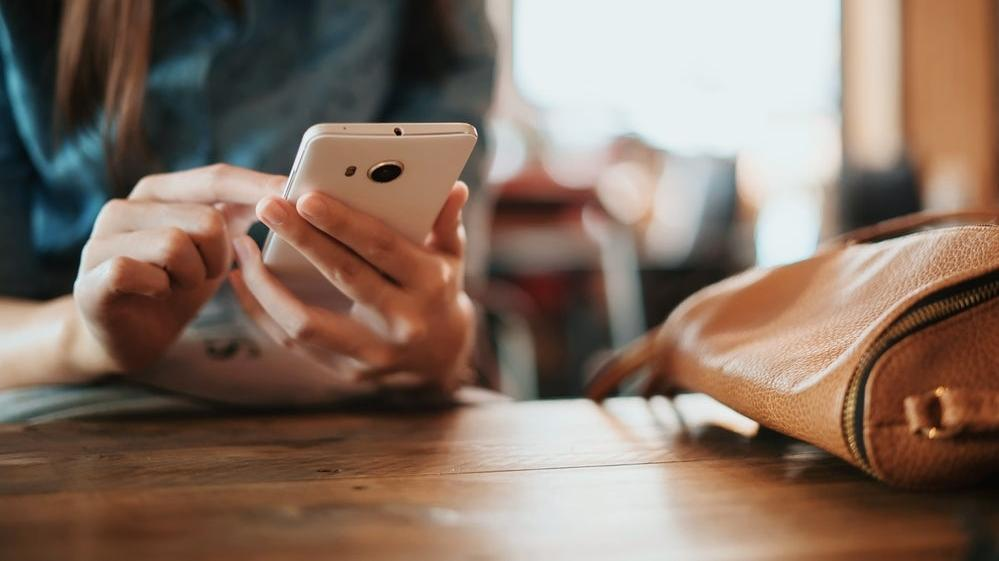How Many Loyalty Programs Is Too Many?
The sheer quantity of food-related loyalty programs renders them useless.
I've got an entire iPhone folder dedicated to food loyalty programs. There's my grocery store loyalty app, selected with the guidance of resident grocery savings aficionado Brianna Wellen. There's the Starbucks app, which I employ with the wild impunity of someone who hasn't checked her credit card balance this month. There's the Dunkin' app, which I employ after I check my credit card balance. Then there are the other food apps I haven't touched in months: the Jimmy John's app, the Sweetgreen app, the Taco Bell app, and the barely functional app for my obscure hometown grocery store. Readers, hear me: there are too damn many loyalty programs.
How many food-related apps is too many?
I use, at most, four food-related loyalty programs on a regular basis. This leads me to believe that the sheer ubiquity of food loyalty apps has rendered them almost entirely useless. First, they all blend together, making it impossible to remember which programs you've enrolled in. Did I create an account on the McDonald's app after I downloaded it? Will I even remember to use the app on the rare occasion I zip through the McDonald's drive-thru, or will it sit idle on my phone, taking up storage space and mining my data?
I'm not alone in this predicament. I checked out the 2021 Loyalty Report, an annual study that examines consumer perceptions of brands and their loyalty and rewards programs. The report found that the average American consumer is enrolled in 16.7 loyalty programs—but only utilizes an average of 7.4 programs on a regular basis. That's certainly more than I use regularly, but it's still a pretty stark discrepancy. It's the equivalent of having 16 crinkled punch cards in your wallet.
Downsides of loyalty apps
We've said it before, we'll say it again: Branded apps and loyalty programs aren't really about improving the customer experience; they're about collecting incredibly valuable metadata full of useful consumer insights that can be sold as a commodity itself. At this point, this is less of a disclaimer and more of a mantra. We whisper it to ourselves even as we hit "place order" on the Starbucks app on our way into the office, as if acknowledging that our favorite companies are trafficking in our data somehow makes it less of a problem. As long as we know we're being exploited, it's okay!
God, my brain is broken. My only hope is a year-long sabbatical at an alpine wellness center. G/O Media, that's in the budget, right?
Data mining aside, loyalty apps also make it easier to justify overspending. Per the 2021 Loyalty Report, a whopping 68% of consumers "modify the amount they spend" to maximize benefits. I am extremely guilty of this, especially as it pertains to the Starbucks app. Anything to get me to 50 stars, baby.
This is not a call to withdraw from every loyalty program and retire to an Appalachian hermit hole, although that sounds almost as nice as my Alpine sabbatical. Some loyalty programs are worth the hassle, and if you can find two to four that really work for you, I say go for it. Beyond that, consider a juicy rewards credit card instead. I milk my American Airlines Advantage card for everything it's worth. A free McDouble, or a free flight to the Alps? You decide.
